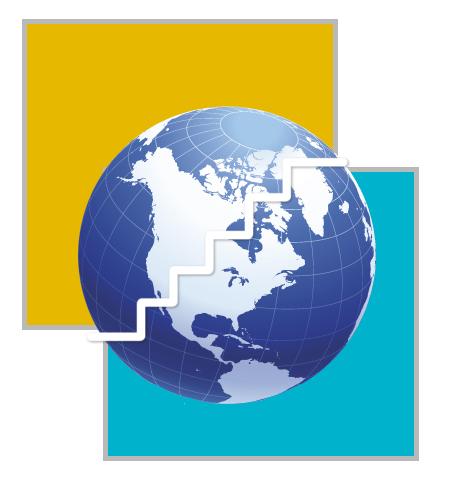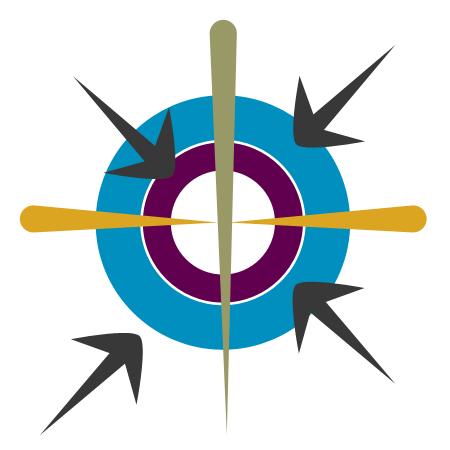MEDIA
THE Strategic Foresight Group (SFG) has presented the facts and figures about the cost of conflict between India and Pakistan in a very biased manner, that covered the Military costs, Social and Political Costs, Economic Costs, Diplomatic Costs, Costs for Jammu and Kashmir, Conflict Escalation Ladder, Nuclear Confrontation, and a Peace Building Ladder. According to the relevant information about the military costs, India and Pakistan are involved in arms race at various levels of lethality or tools, the tabulated analysis and comparison of military assets, human costs of four wars, conflict over Siachen, costs of confrontation in 2002, military expenditure and gross terror economy product and conflict economy has been made in such a manner in which mostly projected those figures that can demolish image of Pakistan. The attempt is mere attempt to divert attention of the world community from their own massive investment and efforts for the increase of weaponry and modern equipment.
The obvious example of Indian struggle for technological advancement related to war equipment is its growing cooperation with Israel, recently Hindustan Aeronautical Ltd (HAL) and Israel Aircraft Industries (IAI) have signed a US $ 33 million contract under which IAI will supply entire avionics package for 100x ALH for Indian Armed Forces. IAI will also provide measure kits of flares and chaff for test and evaluation. IN has also asked IAI �€“ built multipurpose surveillance radar and IR radar systems for ALH. It has been assessed that about 40 x ALHs have already been supplied to the three Indian Services and the Coast ground, which are equipped with indigenously developed avionics system by HAL. The decision to use IAI avionics has been made on the recommendations of the Indian Army and Indian Navy (IN), as the present ALHs and IN version lack effective surveillance and forward looking IR radar, needed for ASW operations.
India has speeded up its troublous defence programme and she is seeking Israeli technology and expertise in both lethal and non-lethal areas. It included weapons systems as well as support equipments like radar, electronic warfare equipment and a range of engineering items used in border fencing. Israeli weaponry included force multipliers, remotely piloted vehicles, electronic and anti electronic warfare systems, night vision devices, and naval equipment ranging from command and control systems, missiles and anti missile systems to a variety of patrol boats.Social and Political costs consisted data about the growth of madrassas and jihadis, extremist groups and their political affiliations, jihadisation of Pakistani society, growth of crime in Pakistan, acts of terror in Pakistan, and major incidents of terror in India. All information related to this chapter is an attempt to capture Pakistan�€™s negative impression, where terrorist and extremist organizations are active and creating unrest in India. Infact it is an attempt to damage Pakistan constant struggle to make reforms and progress in all fields.
President Musharraf�€™s government is trying to revamp the country�€™s school system, together with weeding out extremist Islamic educators. To this end, on June 19, 2002 the federal cabinet approved the Madrassah Registration Ordinance 2002, in force immediately, to regulate religious schools by bringing them under the formal educational system of the country. According to the ordinance, Madrassahs must register with the Pakistan Madrassah Education Board and the respective Provincial Madrassah Education Boards. A key aspect of the Ordinance is that unregistered Madrassahs will be prohibited from receiving Zakat funds, financial assistance, grants, donations or other benefits from the federal government or provincial governments. Madrassahs violating the Ordinance risk closure or a fine or both.
The government is also trying to persuade the schools to teach modern subjects including science, mathematics, English and Urdu. This would provide students with the option, now usually lacking, of eventually enrolling in professional schools. Clearly educational reform will be one of Pakistan�€™s most important challenges in the months and years to come. Fortunately, the country has a number of viable options for moving away from the past dysfunctional system. Pakistan�€™s progress in this area is most critical determinant that country is on its path to become a moderate, progressive nation joining the world community.
In the Economic Costs section the authors tried to highlight Pakistan�€™s concerns about avoiding strong economic ties with India because of two reasons, one the fear of Indian goods flooding into Pakistan and second inability of Pakistani manufacturers to compete with Indian goods, that is absolutely wrong interpretation of the situation. Pakistan is well capable of competing the world market and its products are of high standard. Pakistan�€™s economic graph is constantly raising, and its products particularly textiles have been given greater access to the international market. No doubt restoring economic growth will be the ultimate key to stability and progress in Pakistan. Keeping in view economic history it is evident that Pakistan suffered from: (1) political instability and lack of continuity in economic reforms and policies; (2) low levels of domestic savings and investment; (3) unstable macroeconomic conditions; (4) high level of protection to domestic industries and discrimination against primary production and exports; and, (5) an unusually low level of public investment in human capital (health and education). In short, despite historically high rates of overall growth, an environment predominated by these five policy failures has, in large part, created the poverty and income disparities.
The diplomatic costs captured the bilateral relation of Pakistan and India, that were rigid, counter productive policies vis-a-via each other. Since the partition, the territorial dominance over Kashmir has remained the major issue of contention between India and Pakistan, bringing them twice to war and twice to the brink of war. The factual information provided by the writer showed about 8,695 from 1988 to 200 that is the 84% of total killings. They tried to convince that majority of the victims of terrorists in Jammu and Kashmir are Muslims, as far as the majority religion of the state is also Islam. It is the mere outcome of calling Kashmiri freedom fighters as terrorist and intruders. Pakistan efforts are known to whole world that it is monitoring the border situation very closely and now there is no such issue prevalent, in the past India tried to attract world attention through projecting this issue and targeted agenda of defaming Pakistan.
There is a conflict escalation ladder provided that starts from, interference in internal problems and finally leads to nuclear war. There is a suggested peace-building ladder at the end of the book that includes various steps to resolve bilateral disputes, such as initial official contact, official dialogue, groundwork for political breakthrough, and summit meetings. Infact it is required that India herself try to follow these suggested guidelines as far as Pakistan�€™s willingness for peace and prosperity is open to the world community since the successful SAARC summit. It is evident by the efforts of President Musharraf and political restructuring of his government, that track of progress, prosperity, and moderation for Pakistan has been set. In nutshell Pakistan is a strong force for regional peace, engaged with its neighbours in a partnership for prosperity and a reliable interlocutor of the world on global issues. And that day is not far when international community will openly acknowledge Pakistan as a modern, moderate, tolerant and a progressive, democratic, Islamic state, therefore such biased projection of facts and figures should be discouraged as it can affect the current environment of friendship.





